This was the discussion David Davis and I were having while waiting for trout to bite.
David was reminded of a conversation he had with another friend, Tom Conlin.
Tom had designed a mount for David using intersecting circles to define a sphere.
I was dubious that such an approach would work, but I was intrigued by the idea.
After arriving home I constructed a small model. I used three half circles of Plexiglass set at 120 degrees to each other and set it in a ring.
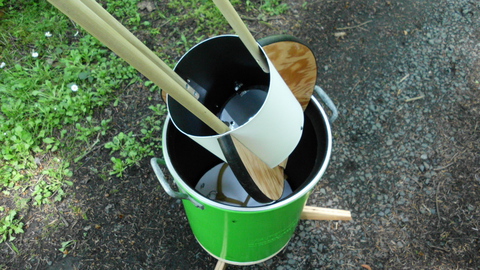
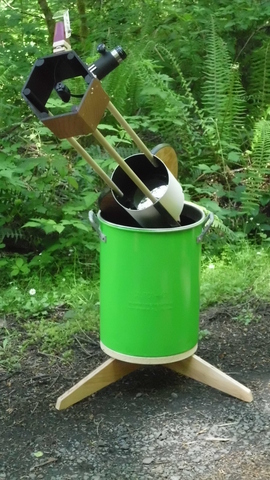
 Encouraged by the Cloverscope, David designed and built a scope using
two thin circles set at 90 degrees to each other.
Encouraged by the Cloverscope, David designed and built a scope using
two thin circles set at 90 degrees to each other. 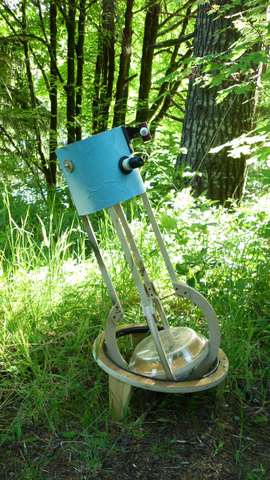

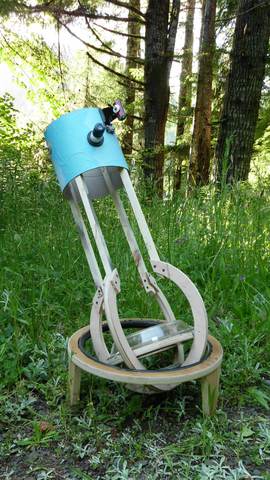
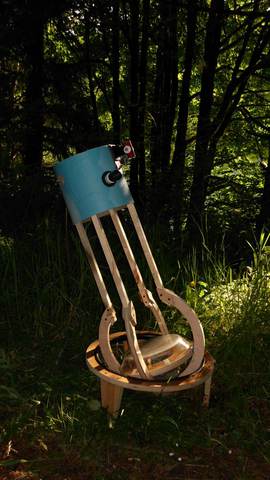
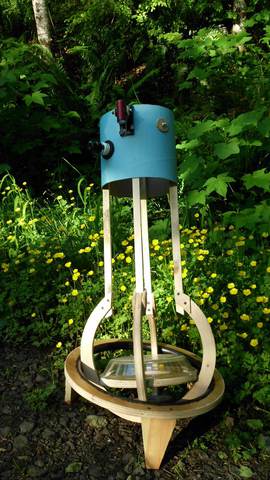
 We are excited about this design and encourage others to explore
other twists of this idea.
Back to Sudiball Home
We are excited about this design and encourage others to explore
other twists of this idea.
Back to Sudiball Home